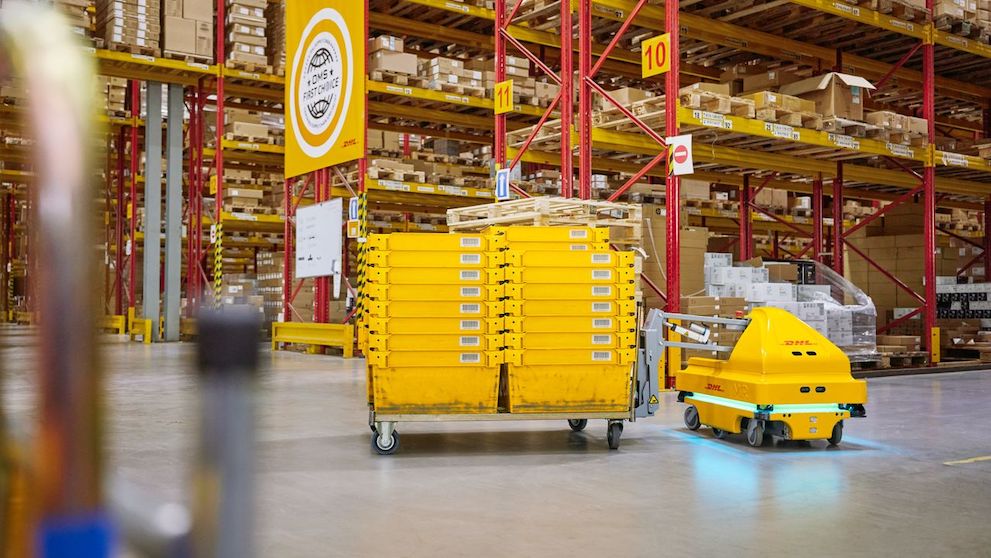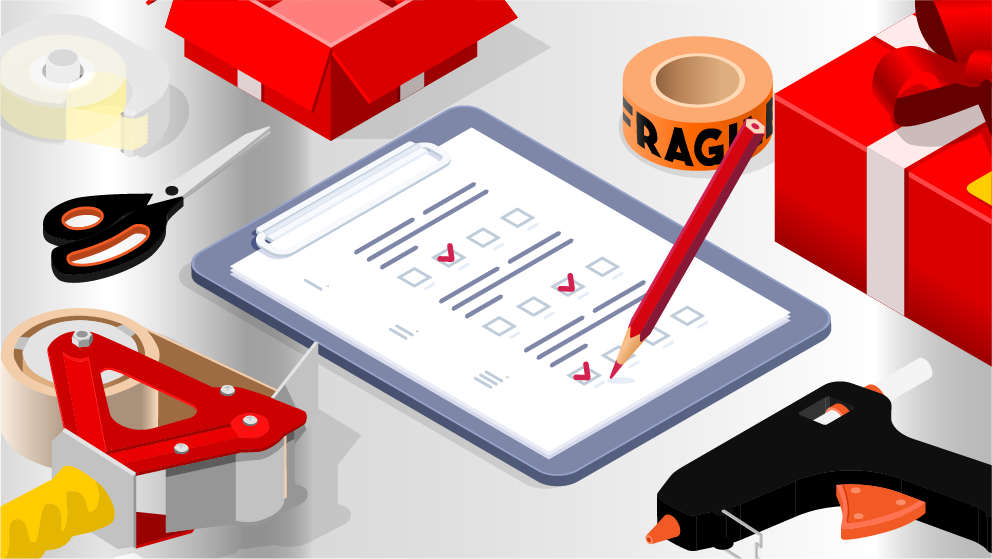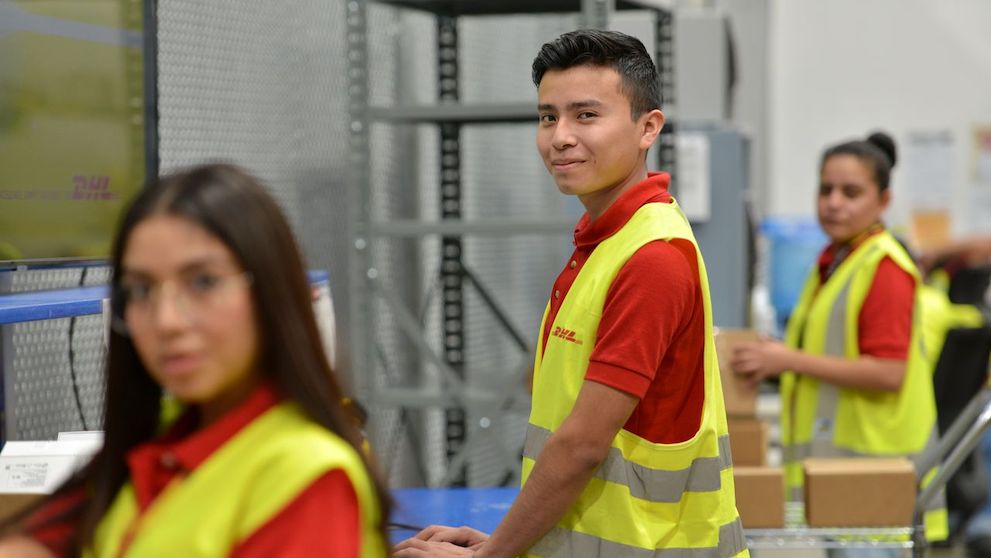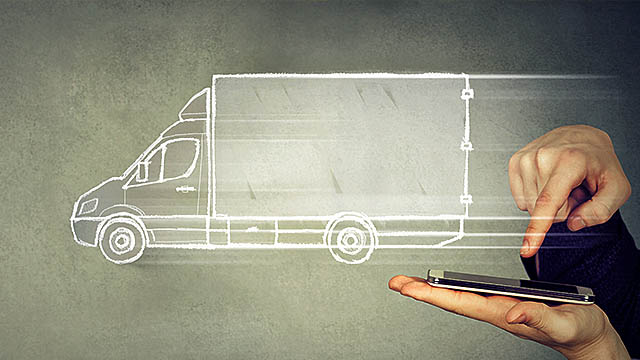Sweeping changes are being made at DHL Express to transform how it operates. Digitalisation is set to revolutionize the logistics industry, making it a sleeker, meaner machine – performing tasks much faster and with far greater efficiency. To keep pace with the behemoth global e-commerce market that is expected to reach a staggering US$5.55 trillion this year, these changes are paramount, according to an article by Shopifyplus.
Industry 4.0 is the shift of the economy towards digitalisation. When applied to the logistics industry, you get Logistics 4.0. This is where transformative solutions like data analytics, automated sorting, picking and packing, and drones to inspect inventory, are applied. These technologies help to remove the manual aspect of tasks, predict disruptions and streamline vital processes, and ultimately – be more responsive to the needs of customers and enhance their overall experience with DHL Express.
What is smart supply chain management?
Successful supply chain management hinges on the timely performance of each function of the process – from the delivery of raw materials to manufacturing to warehousing to finally, the delivery to the customer. It’s imperative that delays are quickly brought to attention so that they can be expedited or customers can be updated.
Supply chain management is complex and dynamic, and the use of digital technologies creates visibility across the value chain and improves performance. According to the World Economic Forum, Digital transformation is valued to be worth US$1.5 trillion for logistics players globally – and logistics companies cannot afford to ignore its benefits. Smart supply chain management introduces Industry 4.0 technology solutions to each stage of the logistics chain.
With the use of drones, robots and automatic sorters and flyers, time-consuming tasks are automated. Big data and predictive analytics allows keen monitoring and flags issues immediately so that alternative shipping routes can be explored. This helps maximize cost-savings, increase productivity, and ensure your customers always receive their orders on time.
How does Industry 4.0 support supply chain management?
1. More precise data collection that optimizes planning
The traditional methods of manually collecting data is tedious and is subject to human error. Such methods also do not take into account external factors, like geopolitical crises or economic events, which heavily impact the supply chain and logistics industry.
Advanced analytics – the use of artificial-intelligence (AI) and machine learning algorithms – helps to better predict consumer demand. This ensures companies can marshal the resources required to meet these demands. Such predictive analytics also factor in information from suppliers, customers, carriers as well as broader global events that influence the flow of goods.
2. Automating processes in the warehouse with robots and drones
Moving goods and shipping them out require a level of physical labor and having to deal with lots of repetitive tasks. This means having to hire a lot of workers, which can be costly. Through the adoption of technology, warehouse order fulfillment and order picking can be carried out while cutting costs by up to 70%, with reference to a research done by Kane Labor Management.
Smart picking robots or cobots (robots that collaborate with human workers), drones and shuttles – automate processes and make warehouse management more efficient. Automated Guided Vehicles (AGVs) – fully automated, driverless shuttles – transport and stack goods in the warehouse. Drones are used to audit inventory, stock taking and to search for lost items in the warehouse. These machines perform tasks previously performed by human workers, reducing costs and increasing productivity.
The use of heavy machinery in warehouses also gives rise to potential safety issues. Manual forklifts rely on human input, and if a worker is fatigued, this can compromise his safety. AGVs are programmed with audio and visual sensors that alert workers when in operation, ensuring a workers’ safety.
3. Greater connectivity with Internet of Things (IoT)
Internet of Things (IoT) allows data to be collected from all around the warehouse. RFID sensors tagged to products allow them to be tracked from the moment they enter the warehouse, to when they are shelved or moved and finally dispatched. Smart shelves wirelessly transmit data when parcels are added or removed by tracking changes in weight. Information from all these different sources are fed into an inventory database and constantly updated, building transparency into the process.
How DHL Express leverages Logistics 4.0 to digitalise its supply chain
DHL Express recognises that integrating supply chain optimisation is integral to remaining competitive; it has harnessed digitalisation to transform its logistics operations. It has invested over €2 billion on digital transformation projects as part of its Strategy 2025 goal of providing an enhanced customer experience.
It has introduced several solutions and initiatives to remove the manual labor and repetitiveness associated with logistics. Its Advanced Quality Control Centre (AQCC) leverages Artificial Intelligence (AI) and machine learning to monitor real-time shipping movements and identify root causes to ensure timely deliveries. DHLBot, an AI-powered robotics arm, can sort over 1000 small parcels per hour, increasing efficiency by at least 40%.
Autonomous mobile robots, equipped with sensors and AI-powered avoidance systems, provide on-demand deliveries. Chatbots and On-Demand (ODD) online portals feed customers with real-time shipping updates and alternative routes in the case of delays.
Smart supply chain technologies mean business can achieve greater transparency, reduce errors and save time across all areas.
Engage DHL Express for all your logistics needs
Digitalisation is a key logistics trend particularly important in 2022 and the years ahead. DHL Express forges ahead with incorporating digital solutions to supply chain management. In introducing Logistics 4.0 solutions, we optimize our processes and strive to provide excellent service to our customers. In this way you too can provide an exceptional customer experience for your consumer base.
Enjoy the benefits of a DHL Express account with MyDHL+ and create a DHL Express account with us today!

















